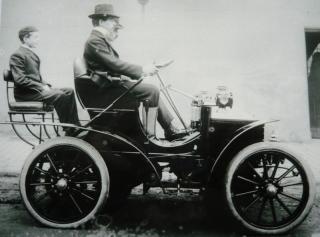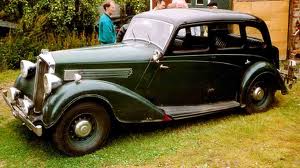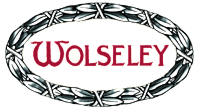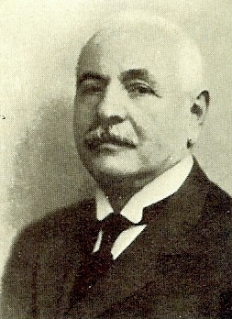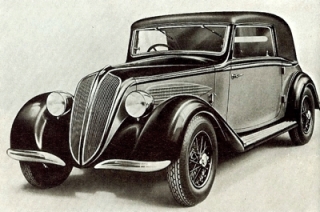Frederick York Wolseley (1837 – 1899) was working in a Sheep shearing company in Australia. Wolseley invented a mechanical shearing machine powered by a gasoline engine and in 1887 formed the companyWolseley Sheep Shearing Machine co, in Australia. He hired Herbert Austin as the chief of manufacturing in his company. In 1893 , Wolseley moved his company to England.
Herbert Austin was more interested in motor cars than sheep shearing machines and in 1896 made the first Wolseley motor car – a three-wheeled motor car.
In 1897 , he made the second Wolsely car, named Wolsely Autocar No 1. While he demonstrated the ability manufacture cars, these early versions were not very successful. In 1900, Herbert Austin created the first four-wheeled Wolseley car and in 1901 , the company Wolseley Tool & Motor Co was formed.
After the death of Frederick Wolseley , Herbert Austin had frequent difference of opinion with the company directors and left Wolseley to form his own company – Austin Motors, in the year 1905. In 1905 , Wolsely and Siddley Auto car company joined together to make cars underWolseley – Siddley brand. A Wolsely – Siddley tourer.
Some of the famous Wolseley models were Wolseley 25 and theWolseley 6/80, a British Police car.
Wolseley Logo –
Over its lifetime , Wolseley changed many hands –
In 1914, the company was renamed as Wolseley Motor Co. In 1918 , Wolseley enters Japan through a joint venture with Ishikawa Ship Building & Engineering co to manufacture and sell Wolseley cars. This compnay , in 1949, becomes Isuzu Motors.
In 1927 , Wolseley was acquired by Morris Motor co under the Nuffield organisation. In 1952 Nuffield organisation acquires Austin Motors and is renamed as British Motor Corporation (BMC). In 1956 , BMC is renamed as British Motor Holdings (BMH). In 1969 BMH and Leyland Motor Corporation joins to form the British Leyland. In 1986, British Leyalnad was renamed as the Rover group and later MG Rover.
In 1975 , the Wolseley brand was discontinued. Currently the Wolseley brand is with SAIC(Shanghai Automotive Industry Corporation) , China which acquired MG Rover group.



